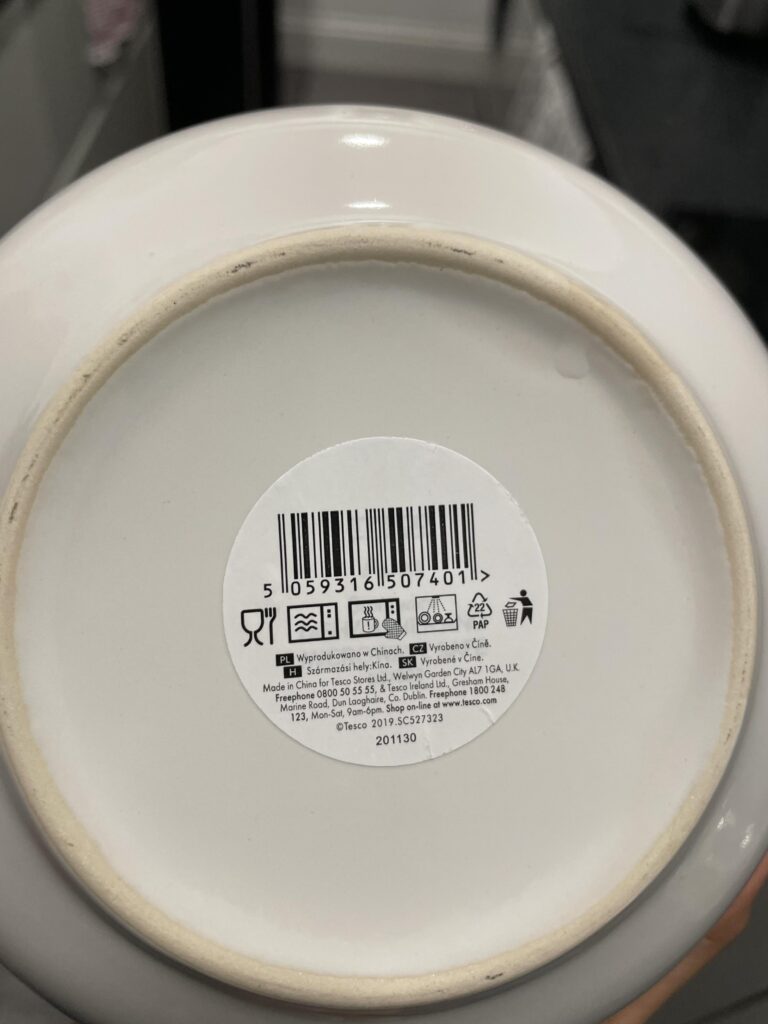
Many of us rely on our microwaves and ovens for quick and convenient meals. But when it comes to using the same dish for both appliances, a common question arises: if a dish is microwave safe is it oven safe too? While there’s some overlap between microwave-safe and oven-safe materials, it’s crucial to understand the nuances and potential risks involved. This article will delve into the factors that determine oven safety, guide you through identifying suitable dishes, and emphasize the importance of manufacturer instructions for your peace of mind.
This article will explore the characteristics of microwave-safe and oven-safe dishes, discuss the critical aspect of temperature tolerance, highlight the significance of manufacturer’s instructions, and differentiate between conventional and convection ovens. By the end, you’ll have a clear understanding of how to safely use your dishes in both appliances.
Microwave-Safe Dishes
Microwave-safe dishes are designed to withstand the heat generated by microwaves without melting, warping, or releasing harmful chemicals into your food. Common materials used for microwave-safe dishes include:
- Glass: Glass is a popular choice due to its durability and transparency. Look for glass marked as “microwave safe” to ensure it can handle the high temperatures generated within a microwave.
- Ceramic: Similar to glass, ceramic dishes are often microwave-safe. However, some decorative ceramics may contain metallic elements that could spark or damage your microwave. Always check the manufacturer’s instructions.
- Plastic: Certain types of plastic are microwave-safe, but it’s essential to choose those specifically labeled as such. Avoid using plastics with intricate designs or decorations, as these can trap heat and potentially melt.
Oven-Safe Dishes

Oven-safe dishes are designed to withstand the high temperatures found in conventional ovens. These dishes are typically made from materials like:
- Glass: Many glass baking dishes are oven-safe, capable of handling temperatures up to 400°F (200°C). Look for dishes specifically labeled as “oven safe” or “suitable for all cooking methods.”
- Ceramic: Similar to glass, ceramic dishes can be oven-safe. However, some decorative ceramics may not withstand high temperatures. Always check the manufacturer’s instructions.
- Metal: Metal cookware is commonly used in ovens due to its excellent heat conductivity. Stainless steel, cast iron, and aluminum are popular choices for oven-safe dishes.
Temperature Tolerance
Temperature tolerance refers to the maximum temperature a dish can safely withstand without warping, cracking, or releasing harmful substances. It’s crucial to consider this factor when using dishes in both microwaves and ovens.
- Microwave: Microwaves generally operate at lower temperatures compared to ovens. Most microwave-safe dishes can handle temperatures up to 400°F (200°C).
- Oven: Ovens typically reach higher temperatures, often exceeding 500°F (260°C). Oven-safe dishes are designed to withstand these high temperatures without damage.
Manufacturer’s Instructions

Always refer to the manufacturer’s instructions on your dish for specific information regarding its oven and microwave safety. These instructions will typically indicate the maximum temperature tolerance, recommended cooking methods, and any potential limitations.
Pay close attention to labels and markings on your dishes, as they provide valuable insights into their safe usage. If you’re unsure about a particular dish, err on the side of caution and avoid using it in an oven.
Conventional vs. Convection Ovens
Conventional ovens use radiant heat from heating elements to cook food, while convection ovens utilize a fan to circulate hot air throughout the cooking chamber.
- Conventional Ovens: Most oven-safe dishes are suitable for conventional ovens. However, some delicate items may require adjustments in cooking time or temperature.
- Convection Ovens: Convection ovens cook food faster and more evenly due to the circulating hot air. While many oven-safe dishes can be used in convection ovens, it’s essential to reduce the cooking temperature by 25°F (14°C) and adjust cooking times accordingly.
Conclusion
Determining whether a dish is safe for both microwave and oven use requires careful consideration of material properties, temperature tolerance, and manufacturer instructions. While many materials suitable for microwaving are also oven-safe, some may have limitations regarding temperature or type of oven. Always prioritize safety by checking the manufacturer’s instructions and avoiding using dishes not specifically labeled as oven-safe. By following these guidelines, you can confidently utilize your dishes in both appliances, ensuring safe and delicious cooking experiences.
